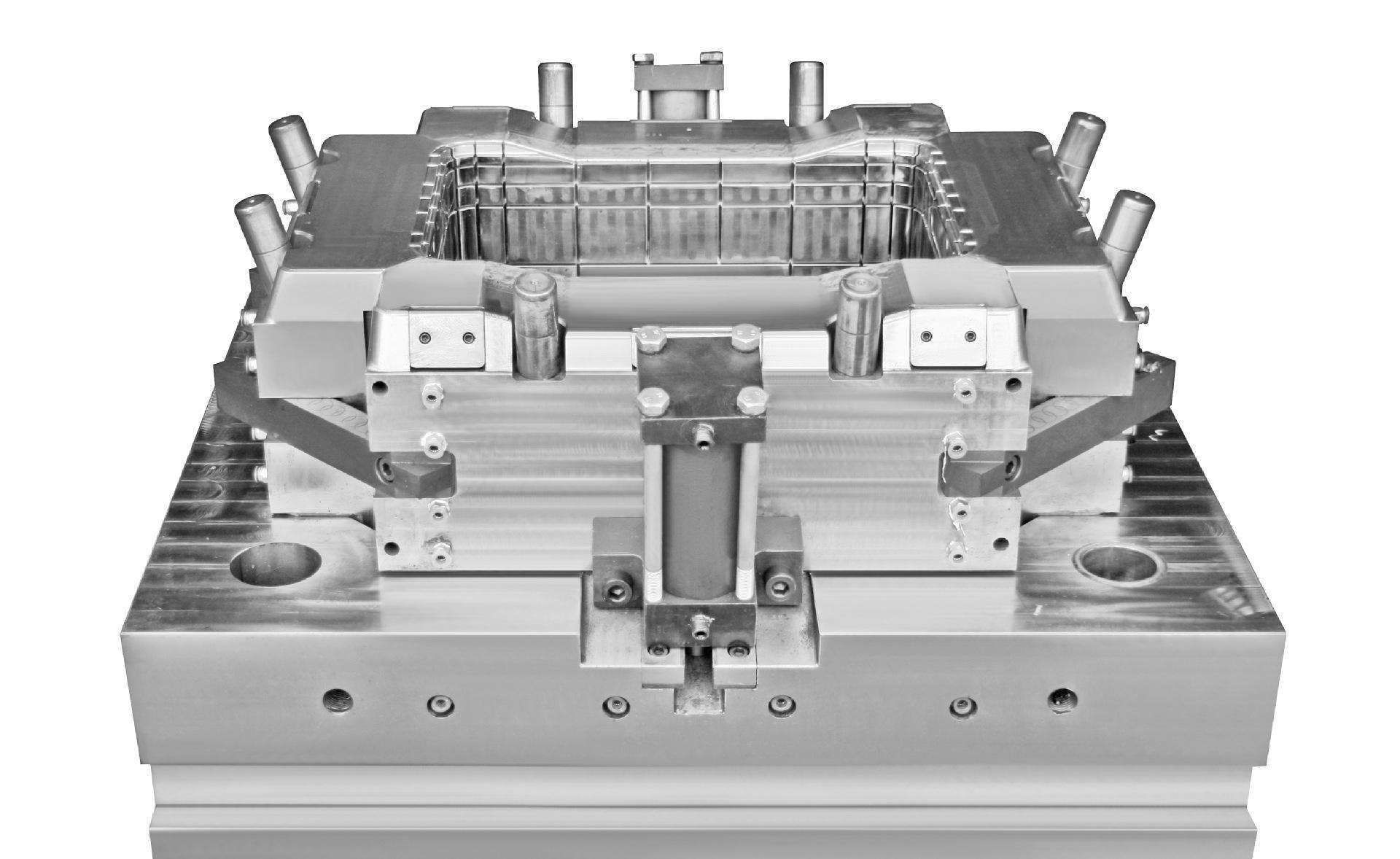Injection Molding for high volume production is a preferred choice for manufacturers who require precision, cost-efficiency, and high production capacity. In this article, we’ll explore the key advantages of using Injection Molding in mass production environment。
Modern industry has traditionally relied heavily on injection molding, especially for high-volume production. The process of production injection mold guarantees efficiency, accuracy, and scalability for everything from consumer goods to automobile components. Injection molding stands out for particular applications that require large-scale output, even though methods like CNC production are also popular for their accuracy.

Let's assess the key benefits that make injection molding the preferred option for large-scale production.
Injection Molding is known for its cost-efficiency in high-volume production runs. With the ability to produce large quantities of identical products with minimal waste, manufacturers can reduce production costs significantly. This process ensures that the Injection Molding method is often chosen for high-volume manufacturing in industries such as automotive, consumer electronics, and medical devices.
The affordability of injection molding for large-scale manufacturing is one of its main advantages. Even though the initial tooling costs can be high, they are reduced as manufacturing volume rises. The cost of producing each item decreases significantly after the mold is made, making it a cost-effective choice for large quantities.
Injection molding ensures amazing consistency, which is essential for goods that need to meet exacting specifications. Pre-made molds are used in the procedure to guarantee that every unit satisfies precise requirements. This accuracy is comparable to that of CNC production, which makes it perfect for industries like healthcare where consistency is crucial.
Fast Production Speeds
High-speed production is a well-known feature of injection molding. The actual production cycle is quick once the mold is made; it frequently takes only a few seconds per part. It is feasible to meet deadlines and save time by producing thousands or even millions of parts quickly due to this speed.
The wide range of materials that can be employed in injection molding is another important benefit. The variety of materials available guarantees that producers can satisfy a wide range of industry demands, from biodegradable alternatives to sturdy polymers like ABS and polypropylene. This adaptability enhances the potential of CNC production, which is frequently employed for materials such as metals.
Reduced Waste and Sustainability
Modern injection molding methods allow producers to cut down on material waste considerably. It is frequently possible to recycle and repurpose excess plastic from the molding process. Moreover, less scrap material is created due to the precision of the process when compared to alternative manufacturing techniques.
Scalability for Mass Production
Scaling up manufacturing is easy after the mold is made. Injection molding readily adjusts to production targets, regardless of the quantity required. This scalability is a significant benefit over CNC production, which works better in smaller batches.
Takeaway!
High-volume production is dominated by injection molding, which provides unmatched speed, accuracy, and cost-effectiveness. Even though CNC production is great for precision machining, injection molding excels in situations that call for quick, large-scale manufacture. Businesses may fulfill the demands of competitive marketplaces while preserving quality and cutting waste by utilizing this technology.
Frequently Asked Questions
What are the common applications of injection molding?
Injection molding is often used for making plastic parts for the automotive sectors, consumer goods, medical, and electronics industries.
How is CNC production different from injection molding?
While CNC production excels at precision machining and lower batch sizes, injection molding is better suited for producing plastic components in large quantities.
What types of materials are used for the production injection mold?
ABS, polypropylene, polyethylene, and biodegradable plastics are commonly used materials.
How long does it take to produce parts using injection molding?
High-speed manufacturing is ensured by the fact that the production cycle for each part usually takes only a few seconds after the mold is made.
When it comes to large-scale production, manufacturers often prefer Injection Molding for high volume production due to its efficiency. This method is not only cost-effective but also highly versatile, capable of producing parts in various shapes and sizes with consistent quality. High-volume production requires precision, and Injection Molding is a proven solution that meets these demands perfectly.
In conclusion, Injection Molding for high-volume production offers numerous benefits, including cost-effectiveness, precision, and the flexibility to use various materials. Manufacturers looking to scale their production process can rely on Injection Molding to meet their needs efficiently.